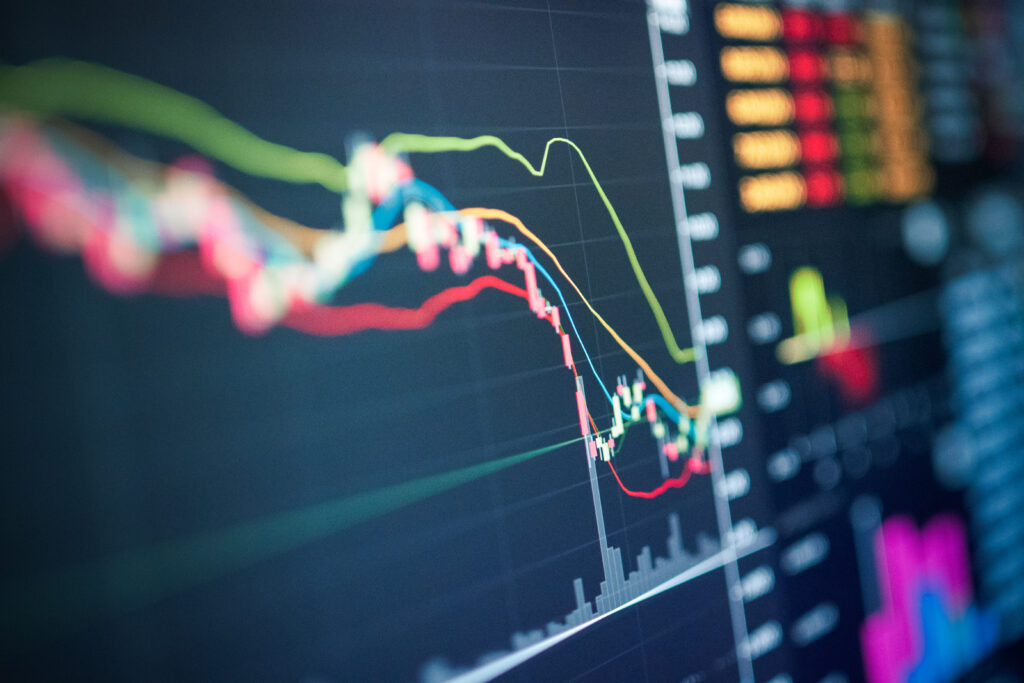Trump’s tariffs cast shadow over nascent revival of Australian IPOs
Summary
Trump’s tariffs are bound to set back what could be a long-awaited revival of Australia’s initial public offering (IPO) market, deal makers and investors told this news service.
It will take some time for any impact from the tariffs to play out, but it’s reasonable to expect boards and companies will try to gauge the impact before making any big decisions, including IPOs, one investment banker said.
The ASX All Ordinaries Index fell from a mid-February all-time peak of 8,825 to yesterday’s (7 April) low of 7,500, which is “not a good scenario for the IPO market,” said HLB Mann Judd corporate & audit services partner Marcus Ohm, who is also a co-author of the firm’s regular IPO Watch reports.
So far this year, there have been two listings – both closed-ended funds – together raising AUD 631.3m. This is the best year-to-date showing since 2021, when 29 listings fetched USD 1.41bn.
Higher uncertainty is a disincentive to going public, particularly given the relatively high costs of completing IPOs. “It will be harder to complete a successful IPO and bookbuild position in the current climate as investors seek to adopt risk-off positions,” Ohm said.
That said, it “does not preclude bankers having non-deal roadshows (for potential IPOs)”, said Jared Pohl, director at Sydney-based ECP Asset Management.
“Companies just don’t come to the market today in the midst of a trade war, but these companies are progressing (IPO exploration), they’ve got bankers, they are meeting with investors,” he said, noting that these potential IPO candidates are not just doing “one track” but have other options too.
Several US companies have delayed listings, and much will depend on the longer-term outlook being created by current policy settings in the US and whether these positions are short-term or represent a longer-term structural shift, as well as on any reciprocal positions adopted by other global economies, Ohm said.
“We need markets to be more stable and in a ‘risk-on’ environment needs to be back,” said Rajeev Gupta, co-founder of fund manager Alium Capital Management. He believes that IPOs will likely be pushed back to the second half of the year.
ECP Asset Management’s Pohl agreed that IPO candidates would wait out further for things to calm down.
“It could be within six months, or 12 months…it really depends on how motivated the sellers are,” he said.
Green shoots before the panic
There was a degree of optimism at the start of the year about the market rebounding off a difficult 2024, although there was always an underlying risk around the impact of policies from the incoming US administration, noted Ohm.
Whether the IPO window is open or shut is really on a case-by-case basis, but “there is definitely more conversation happening around (companies) coming to the market,” Pohl said. “We have been invited to a lot more non-deal roadshows, having a lot more conversations with companies that are thinking about it.”
The beginning of the year saw definite signs of green shoots in terms of new companies coming to market and dual-track processes, but geopolitical and economic instability arising out of the current US administration’s policies makes it very difficult to predict whether these processes will get off the ground, Corrs Chambers Westgarth partner Sandy Mak said.
Before the current panic, several potential high-profile IPOs were flagged, including Bain Capital-backed Virgin Airlines and Fonterra’s consumer business Mainland Group, but few committed to timelines. One that did flag a timeline was software publisher ATI Global, whose shareholders approved an IPO, according to a 26 March media report in the Australian Financial Review, but with a 2027 timeline.
Another company expected to start investor meetings is retirement living operator GemLife, with 31.7% shareholder Thakral noting today (8 April) that it is considering strategic options, including a possible IPO and intends to conduct introductory meetings with investors.
On 25 March, the Australian Financial Review reported that mattress retailer Koala was ready to put its IPO pitch to fund managers and had planned a non-deal roadshow for the following week.
On 10 March, local media reported an IPO as the most likely outcome for pet care company Greencross; on 20 March, it was reported that Brookfield had appointed advisors to evaluate a dual track process for La Trobe Financial; while in October last year, it was reported that manufacturer Molycop was keen to undertake an IPO in 2H25.
The IPO market has been “bubbling back” with more clients seeking advice on the merits of an IPO versus a private raising, said Benjamin Yeo, Managing Director – Corporate Advisory and Mergers & Acquisitions at Equion Capital. While ECM teams have been more upbeat, companies have been more cautious, especially those in consolidating sectors, where they could potentially get higher prices when seeking liquidity events, Yeo said.
Not out of the woods
Even when markets settle, the ASX will not be quite out of the woods as the jury is still out on whether the current IPO drought is cyclical or also has a structural element.
The Australian Securities and Investments Commission (ASIC), Australia’s corporate regulator, released a discussion paper at the end of February seeking to address the decade-long decline in ASX listings and a sharper fall in the value of equity. In the foreword, ASIC Chair Joe Longo claims “history tells us recent downturns in the volume of initial public offerings (IPOs) and listed entities in Australia are more likely cyclical, but we are worried about the future of public markets.”
A corporate advisor argued that the ASX’s IPO drought is not cyclical, but a systemic issue on the supply side with entrepreneurs and business owners reluctant to go public due to bureaucratic, disclosure, and governance burdens, especially now when private markets can provide more flexible capital solutions.
The recent growth and diversity in private credit markets in Australia is a significant reason, according to Equion’s Yeo. If a company can pursue an AUD 20m IPO, then it would equally be able to secure private credit – without the listing costs, and often in just four weeks and at similar rates to traditional debt, said Yeo, who believes the ASX should evolve to secure bigger companies and become a true global exchange rather than just being a “global VC exchange”.
ECP Asset Management’s Pohl also noted that over the last decade, there has been a shift to the private market, but he said that at some point, the private market will stop funding some companies, which will then need public market investors to do it. “Maybe they just come (to the public market) after they are a bit more mature,” he added.
Several factors impacted the market over the past few years, including COVID-19, geopolitical tensions, inflation, increasing interest rates, shifts in global trade, and a greater focus on energy and ESG, a lawyer said. “These factors aren’t structural; they are market related – they’ll come and go.” There is an opportunity for the market to return without undergoing structural changes, but some of these uncertainties need to settle first, he said.
HLB Mann Judd’s Ohm added that there is always a case for listing smaller companies to support the local mining and tech industries, although current conditions are likely to impact smaller companies disproportionately given the risk-off appetite.
“It is important to see past the significant short-term volatility to the longer-term position in terms of there being space for both public and private markets in the Australian context,” he said.











